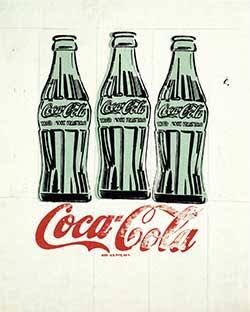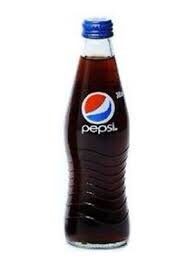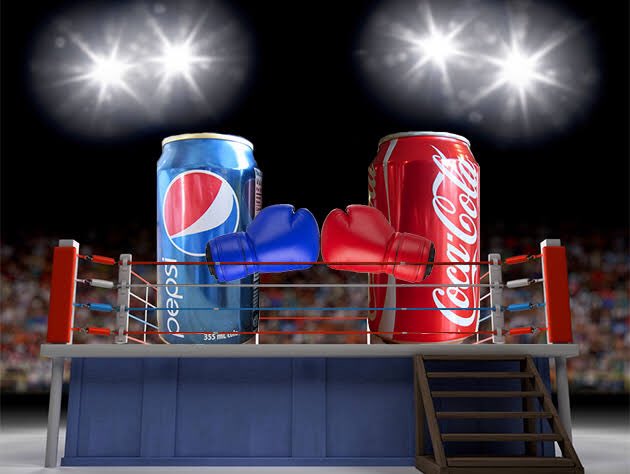
I love what Daliwonga and Kabza are doing with these samples of old songs. Truly brilliant 👏🏾🎶
If she doesn’t know this she’s too young for you. 😂😂😂😂🔥🔥🔥
Ndofaya 🔥🔥🔥🔥🎶🎶🎶
Legendary 🎶🎶🎶
• • •
Missing some Tweet in this thread? You can try to
force a refresh


















